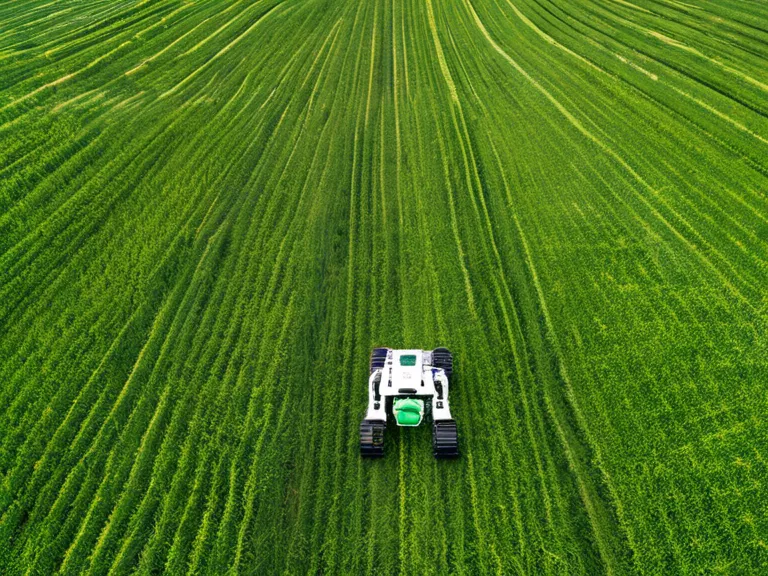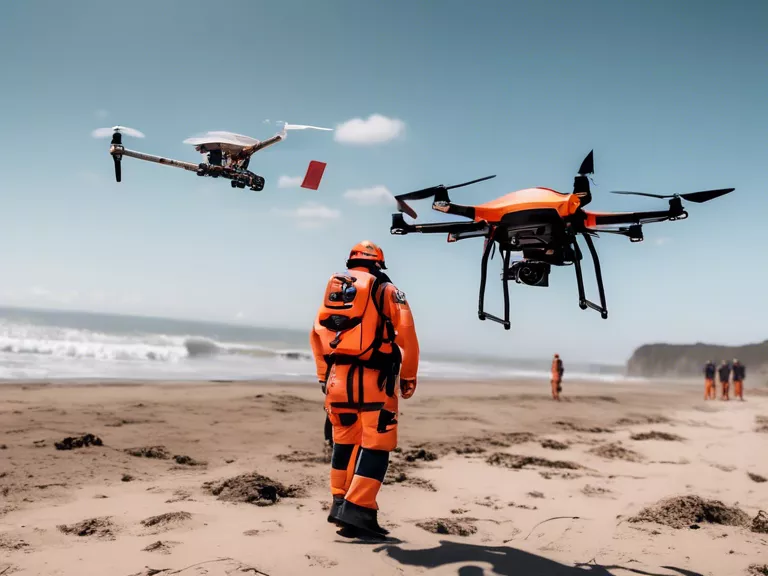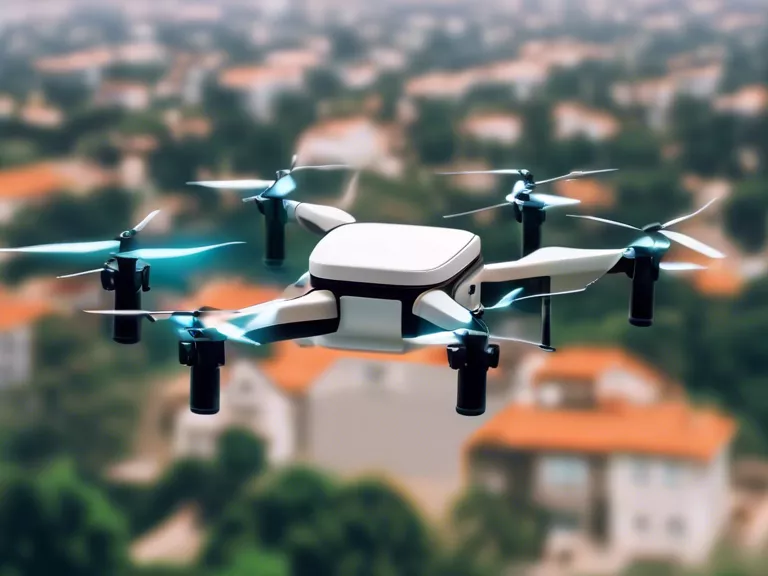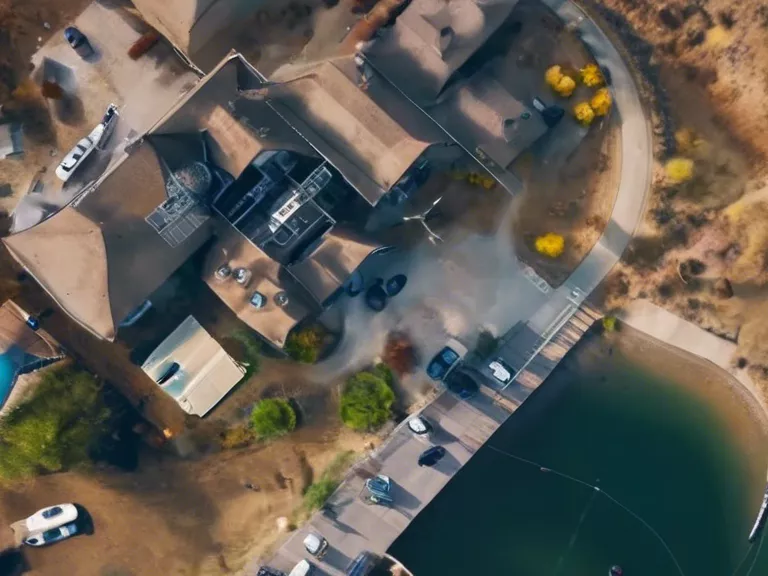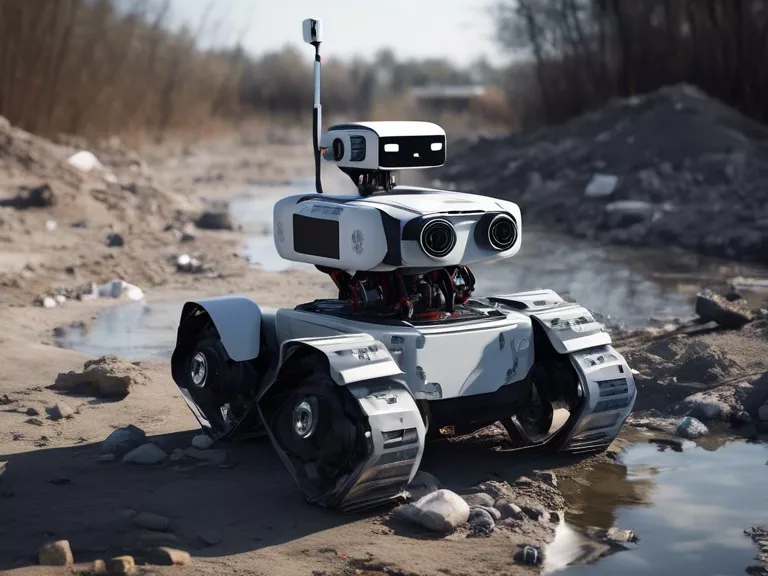
Autonomous robots are revolutionizing the way we handle hazardous environments and disaster zones by providing crucial support in dangerous situations. From search and rescue missions to environmental clean-up efforts, these robots play a vital role in minimizing risk to human life and maximizing efficiency in critical situations. In this article, we will explore the various ways in which autonomous robots are being used to assist in hazardous environments and disaster zones.
One of the key advantages of autonomous robots is their ability to access areas that may be too dangerous for humans to navigate. In situations such as earthquakes, fires, or industrial accidents, these robots can be deployed to gather information, assess damage, and locate survivors without putting human lives at risk. Equipped with cameras, sensors, and advanced algorithms, these robots can provide real-time data to emergency responders and help them make informed decisions quickly.
Furthermore, autonomous robots are being used for environmental clean-up efforts in hazardous sites such as oil spills or nuclear accidents. These robots are capable of removing hazardous materials, monitoring pollution levels, and preventing further environmental damage. By utilizing autonomous robots in these situations, we can protect both the environment and the health of those involved in the clean-up efforts.
In addition to search and rescue missions and environmental clean-up, autonomous robots are also being used for disaster response planning and preparation. These robots can simulate various disaster scenarios, test evacuation routes, and provide valuable insights to emergency management teams. By using autonomous robots in disaster response training exercises, we can improve our preparedness and response capabilities for future events.
Overall, autonomous robots are proving to be invaluable assets in hazardous environments and disaster zones. With their ability to access dangerous areas, gather crucial data, and assist in clean-up efforts, these robots are making a significant impact in minimizing risk and maximizing efficiency in critical situations. As technology continues to advance, we can expect to see more innovative uses of autonomous robots in disaster response and recovery efforts.
